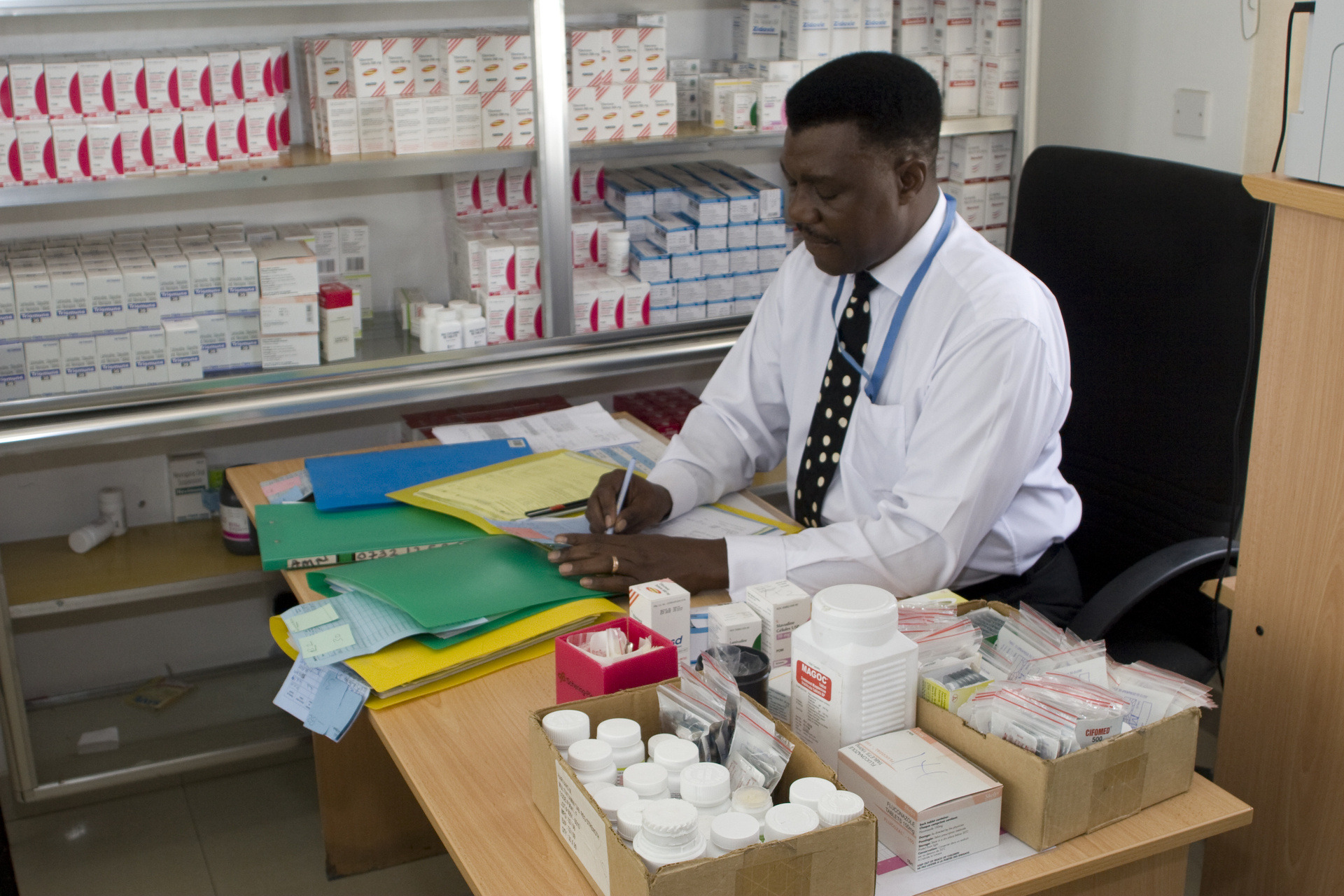World Health Organization, Food and Agriculture Organization of the United Nations
What are healthy diets? Joint statement by the Food and Agriculture Organization of the United Nations and the World Health Organization
Publication
31 Oct 2024
17 May 2023

Although integration of services for HIV and NCDs has been proven to improve compliance, evidence for the socioeconomic consequences, such as economies of scale for providers and patients, is lacking. This study addressed use of clinical resources, staff time, relative service efficiency and overall social costs associated with integrating HIV, diabetes and hypertension services in single one-stop clinics for the management of one or more of those conditions.
In 10 primary health facilities in Uganda and the United Republic of Tanzania, 2273 patients with HIV, diabetes or hypertension or several of those conditions were enrolled and followed up for up to 12 months. The integrated care clinics were organized and run by health-care staff. Patients with one or more of the diseases used the same waiting area, saw the same physicians in the same consultation rooms and received their treatment from the same pharmacy. Clinical management was similar to that in the usual health services and was provided by government clinical staff. In order to ensure equity in service provision, basic measures were introduced to strengthen medicines supply, and counselling and telephone follow-up were provided for patients who failed to attend scheduled appointments. Training was provided to all health-care staff to ensure common understanding of clinical management of HIV, diabetes and hypertension.
Data on the resources used were obtained from all participants, and costing was studied at each facility. The time spent by health workers per participant was assessed, with mean health service cost for managing one, two or three conditions in a single participant per month, out-of-pocket costs per participant visit and the efficiency of the integrated services. The budgetary consequences of integration were estimated for the populations of both countries. The average retention of patients after 1 year was 83% among those living with HIV, 85% among those with diabetes, 79% among those with hypertension and 91% among those with more than one of the conditions. The mean cost per month of managing several conditions in a single participant was 34% lower than for managing any two conditions separately, and the cost of managing all three conditions was 49% lower than for managing each one separately. The score for mean efficiency in the integrated clinics was 0.86, which suggests that they could serve more patients without compromising the quality of care provided. The estimated budgetary consequences of managing multimorbidity in such integrated clinics is projected to increase by 21.5% in the next 5 years, with substantial savings in the provision of integrated care for vulnerable patients with multimorbidity.
Integration of HIV services with diabetes and hypertension control substantially reduced the costs for both health services and households, indicating that this is an efficient, equitable way to address the increasing health burden of Africa’s ageing populations.